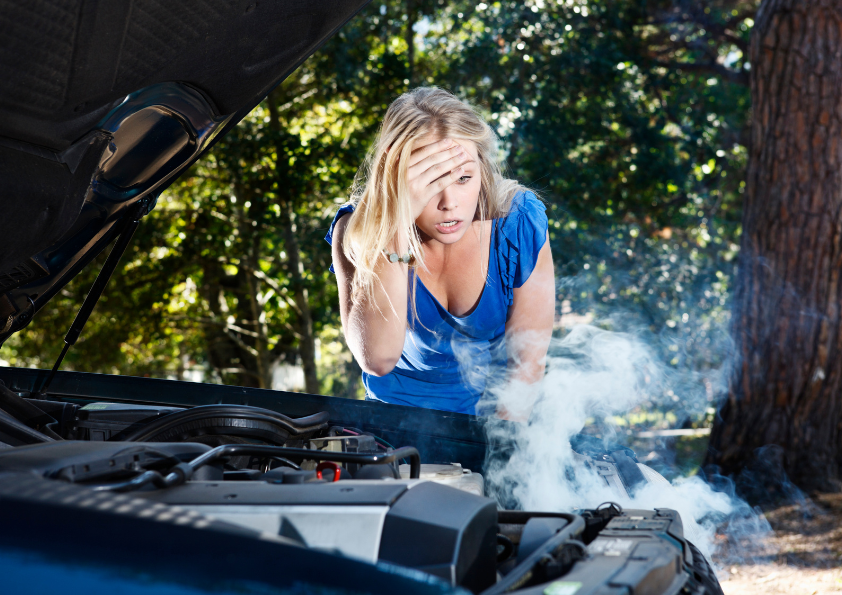Australia, known for its diverse and extreme weather patterns, presents a unique set of challenges for vehicle owners. From scorching summers in the outback to frigid winters in the southern regions, the Australian climate can take a toll on your car’s health. In this blog, we’ll explore how Australia’s weather extremes affect vehicles and provide valuable tips on seasonal maintenance and preparation to ensure your vehicle survives and thrives in this challenging environment.
Hot Summers: A Car’s Worst Nightmare
Australia’s blistering summer heat is not only uncomfortable for its inhabitants but also harmful to vehicles. Prolonged exposure to high temperatures can have several adverse effects on your car’s health:
Battery Stress: Extreme heat can cause your car’s battery to deteriorate faster. It accelerates the evaporation of battery fluid and leads to reduced battery life. To combat this, regularly check your battery’s condition and fluid levels during the summer months.
Tyre Troubles: Hot pavement can cause your tyres to wear out faster. Ensure your tyres are properly inflated and regularly inspect them for signs of damage or wear.
Paint and Interior Damage: The harsh UV rays in Australia can lead to paint fading and interior cracking. To protect your car’s exterior, use a quality wax or sealant, and invest in sunshades or window tinting to shield the interior from the sun.
Engine Overheating: High temperatures can strain your car’s cooling system, leading to engine overheating. Make sure your cooling system is in good working order by checking coolant levels and flushing the system when necessary.
Surviving the Winter Chill
While some parts of Australia experience mild winters, others endure freezing temperatures. Winter can be just as harsh on your car as summer:
Cold Starts: Cold mornings can make it challenging to start your car. Ensure your battery is in top condition, and consider using a battery warmer or trickle charger in freezing areas.
Frozen Fluids: Freezing temperatures can lead to the freezing of essential fluids like coolant, oil, and windshield washer fluid. Use the appropriate winter-grade fluids and regularly check levels to avoid any issues.
Tyre Pressure: Cold weather can cause tyre pressure to drop, affecting traction and handling. Monitor tyre pressure regularly and keep it at the recommended levels.
Visibility Issues: Frost and ice can reduce visibility. Equip your car with winter wiper blades and carry an ice scraper to clear your windshield. Ensure your defroster is functioning correctly.
Year-round Maintenance Tips
Regardless of the season, some maintenance tasks are essential to keep your car healthy in Australia’s extreme climate:
Regular Servicing: Stick to a regular maintenance schedule, including oil changes, filter replacements, and brake inspections. A well-maintained car is better equipped to handle extreme conditions.
Fluid Checks: Monitor all vehicle fluids, including oil, coolant, transmission fluid, and brake fluid, to ensure they are at the right levels and in good condition.
Air Conditioning: Ensure your car’s air conditioning system is working correctly to keep you comfortable during hot spells.
Emergency Kit: Always carry an emergency kit that includes water, non-perishable food, a first-aid kit, and tools for minor repairs.
Safe Driving Practices: Adapt your driving style to the current weather conditions. Slow down in rain or snow, and avoid driving in extreme heat when possible.
In conclusion, Australia’s diverse climate can be tough on vehicles, but with proper care and preparation, you can ensure your car remains reliable and safe throughout the year. Regular maintenance, attention to fluid levels, and adapting to the weather are key to preserving your car’s health and your own safety on the road. By taking these steps, you’ll be better equipped to survive and thrive in Australia’s challenging climate.



